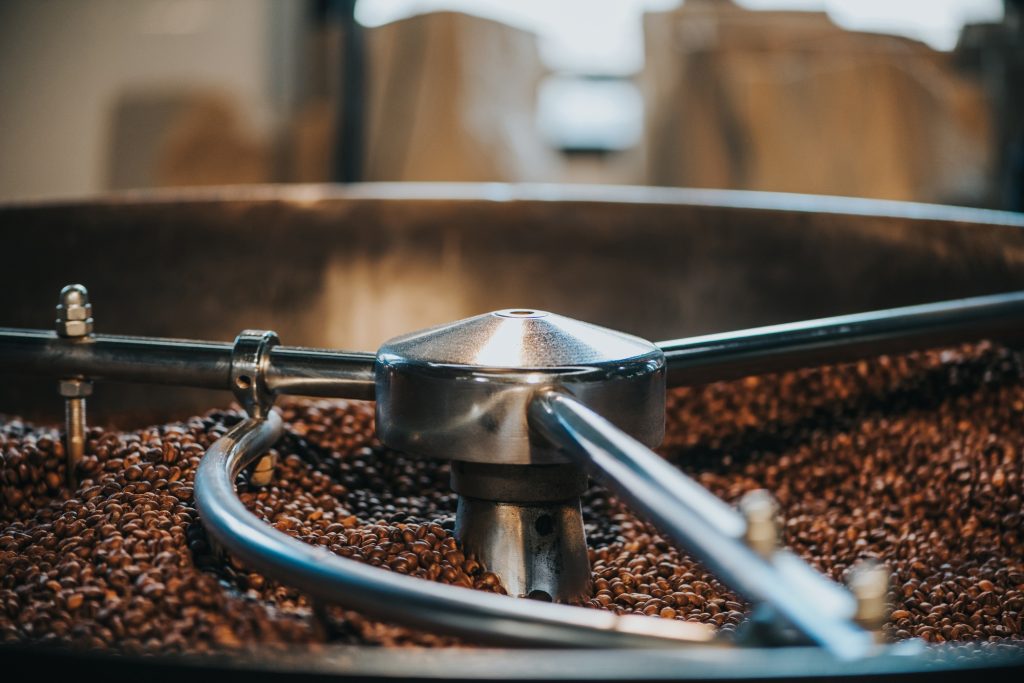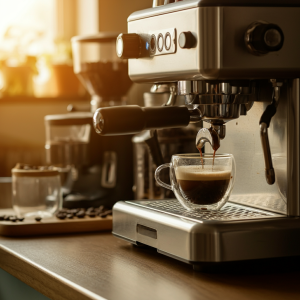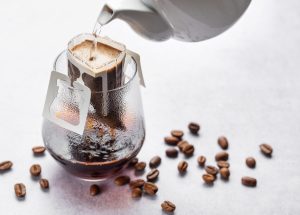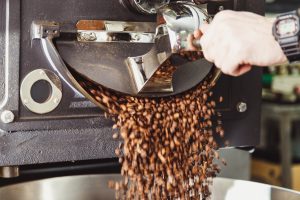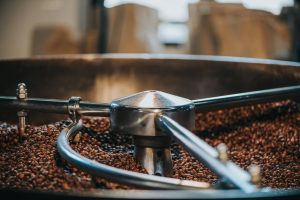
Metro Manila’s young professionals and students spend countless hours in cafés, balancing work, study sessions, and social connections while enjoying a comforting cup of coffee. Choosing between seasonal specialty drinks or reliable house blends often comes down to the unique flavor each café offers, and the foundation of this flavor lies in how coffee beans are roasted. For many local coffee drinkers, understanding flavor begins with knowing the artistry behind roasting.
With the rise of specialty cafés like Daily Grind Coffee, consumers in the Philippines are growing more curious about how roasting influences taste—from nutty and chocolatey to bright citrus notes. This guide is designed for students, young professionals, and coffee enthusiasts who want to understand the impact flavor-roasted coffee beans create on every cup, while uncovering the science, culture, and craftsmanship that define the Philippine café experience.
The Science of Coffee Roasting and Flavor Transformation
Coffee roasting is a precise process where green coffee beans are exposed to heat to initiate complex chemical reactions that create flavor. During roasting, water evaporates, sugars caramelize, and organic acids transform, resulting in the distinctive aromas and profiles that coffee enthusiasts enjoy. This Maillard reaction develops deeper notes—such as chocolate, caramel, or nuts—while lighter roast levels preserve floral and fruity notes. Each roast level carefully balances sweetness, acidity, and bitterness.
In the Philippines, where the hot, dry season often calls for refreshing cold brews and the rainy season invites richer, warmer blends, the roast level greatly influences café menu planning. A light roast might highlight vibrant citrus flavors ideal for iced drinks, while a dark roast complements strong espresso shots prepared in traditional cafés. This contrast in roasting also impacts texture, mouthfeel, and aftertaste, shaping every brew from drip coffee methods to espresso extractions.
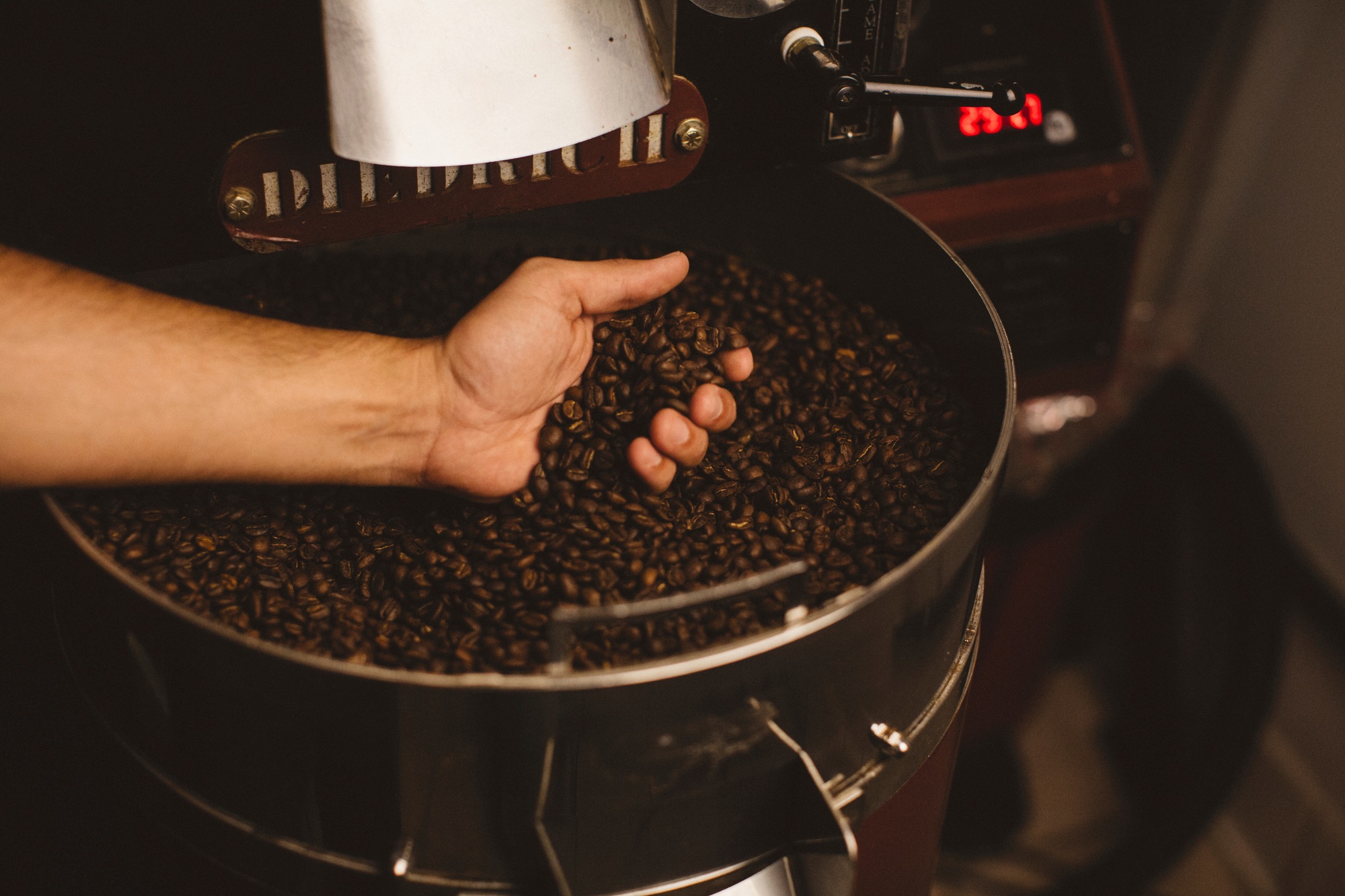
Roasters in local cafés constantly evaluate time and temperature to bring out the best in each batch. A few seconds longer in the drum can tip a roast from medium to dark, altering acidity levels and sweetness significantly. This delicate balance is crucial to developing consistent flavor profiles across house blends or single-origin beans, which customers expect in their daily brew.
Roast Levels and Their Influence on Flavor
Roast levels are categorized into light, medium, and dark. Each spectrum creates its own sensory experience. In Metro Manila’s specialty cafés, lighter roasts often attract adventurous students drawn to vibrant, acidic flavors paired with study-friendly cold brews. Medium roasts appeal to professionals who need balance—smooth with subtle complexity. Darker roasts, meanwhile, speak to traditional drinkers who prefer strong, bold coffee that pairs perfectly with breakfast pan de sal or merienda treats.
| Roast Level | Flavor Profile | Best Pairing |
|---|---|---|
| Light Roast | Bright, acidic, floral, fruity | Iced pour-overs & citrus pastries |
| Medium Roast | Balanced sweetness, nutty, caramel notes | Latte with local pastries |
| Dark Roast | Bold, smoky, bittersweet chocolate | Espresso and strong brewed coffee |
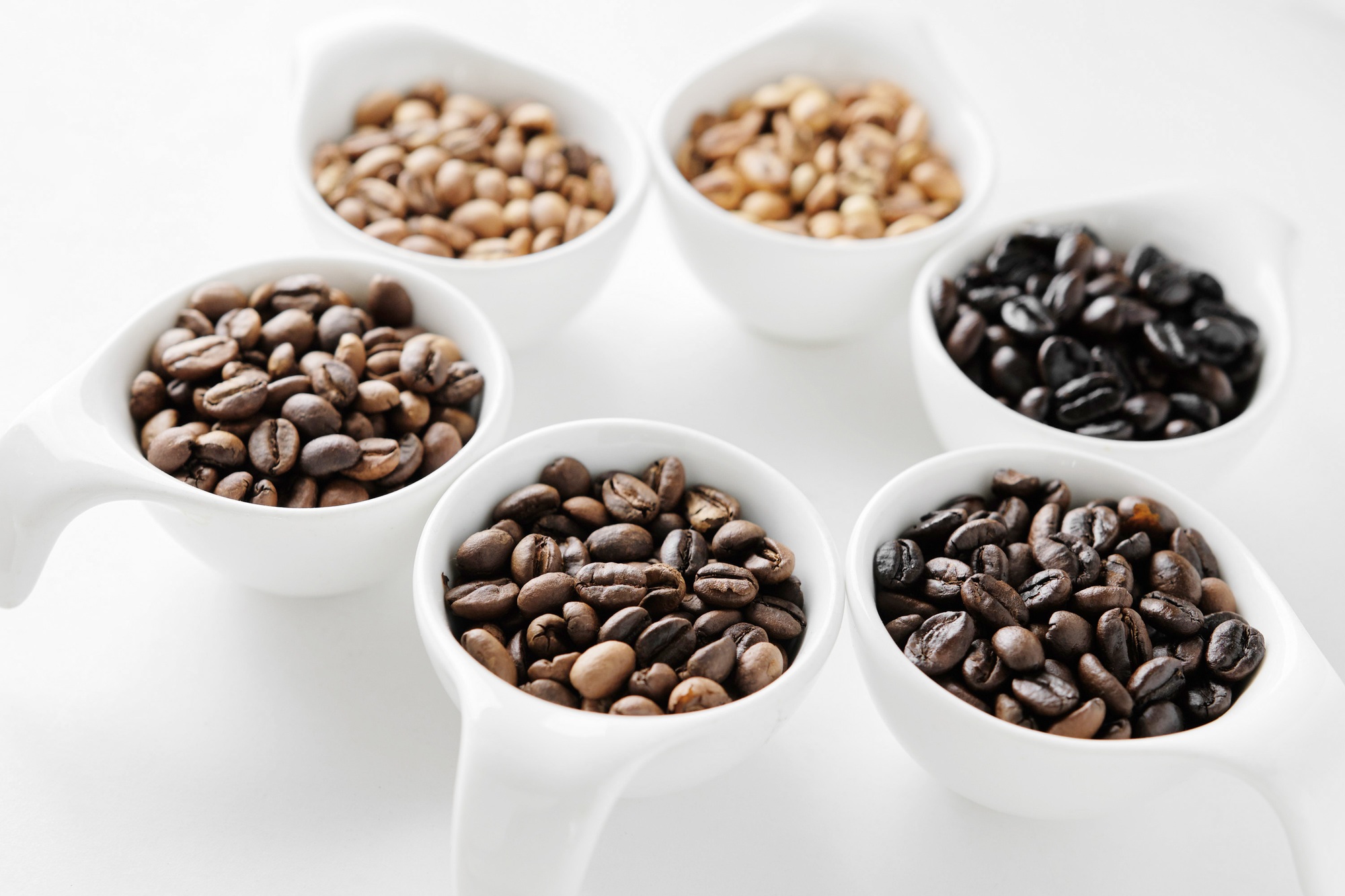
Local cafés carefully choose roast levels depending on their brand identity. For example, a café targeting young professionals may invest in perfectly tuned medium roasts for their house blend selections, while shops featuring experimental seasonal menus highlight light roasts to showcase origin-specific qualities. Understanding roast levels allows customers to better appreciate the nuances in every cup and supports the café culture of mindful coffee drinking.
Local Coffee Culture and Consumer Preferences
In the Philippines, consumer demand for coffee is evolving. Young professionals prefer cafés with fast internet and high-quality brews to complement long hours of remote work. Students gravitate toward visually appealing drinks that are affordable yet flavorful, often emphasizing Instagram-worthy aesthetics. Meanwhile, seasoned coffee enthusiasts explore advanced brewing guides to replicate café-style coffee at home. These distinct preferences influence how roasters design their flavor profiles.
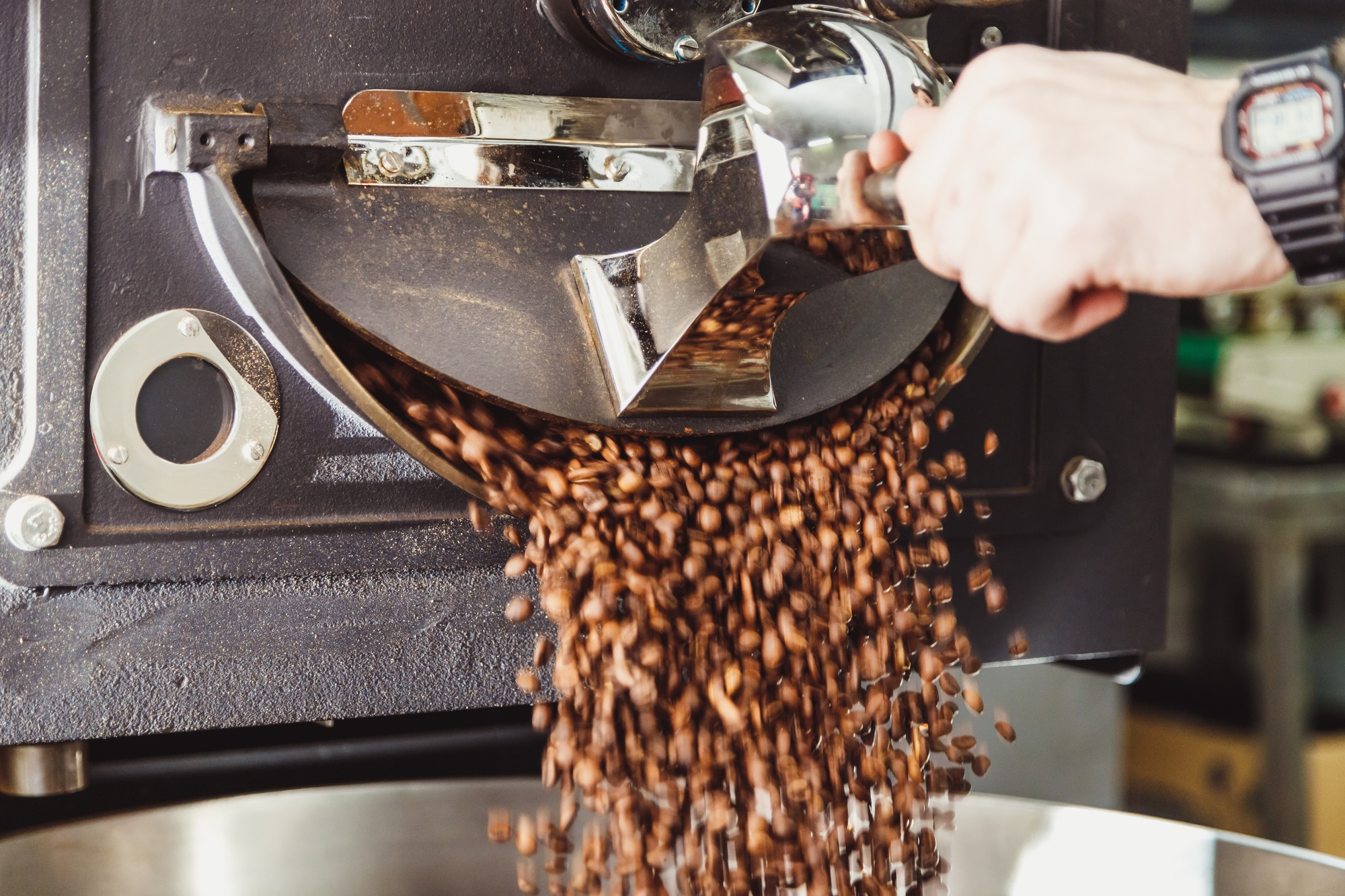
Cafés in Metro Manila adapt by creating signature drinks for every season. During the hot months, light-roasted cold brews become bestsellers, while in the Christmas season, sweet, medium-roasted blends blended with festive flavors dominate menus. Tailoring roast levels to suit Filipino taste preferences ensures roasteries remain competitive and relevant in an increasingly saturated café industry.
This cultural shift demonstrates that roasting is more than science; it is an art deeply entwined with lifestyle. Whether through locally sourced beans or carefully developed flavor notes, the roasting process anchors the café experience and fuels café culture across the country.
Techniques That Enhance Flavor in Roastery Coffee
Roasters employ specific techniques to develop exact flavor outcomes. Adjusting roast duration, airflow, and temperature profiles creates consistency while allowing nuanced differences to stand out. These techniques ensure that each batch aligns with customer expectations—whether for a bold morning pick-me-up or a smooth afternoon brew. Many roasters also test small sample batches using cupping methods to evaluate aroma, mouthfeel, and aftertaste before scaling production.
Some cafés highlight transparency by letting customers witness the roasting process in-house. This not only demonstrates craftsmanship but also reinforces trust in the quality of their freshly roasted beans. Flavor enhancement goes beyond the roasting drum, requiring careful packaging and storage to maintain freshness. Without proper handling, even the most perfectly roasted coffee can lose its vibrancy within weeks.
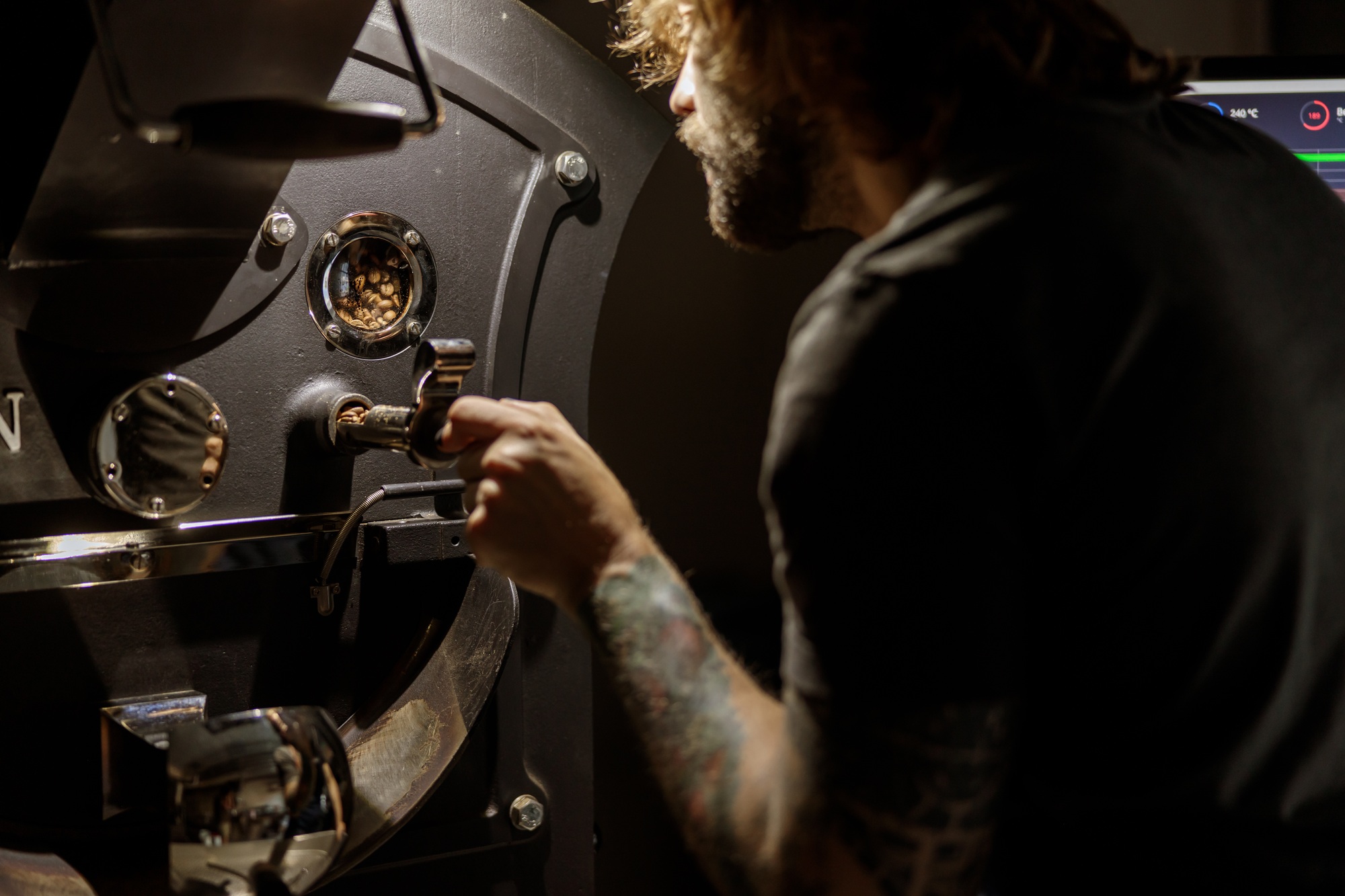
The growing demand for specialty coffee in the Philippines has inspired roasters to innovate, combining scientific accuracy with cultural creativity. Techniques like adjusting roasting curves, experimenting with high-altitude beans, and tracking development times allow greater precision in crafting distinctive flavor profiles. This push toward quality signals a new era for Philippine coffee culture, where both flavor and experience blend seamlessly.
Shaping the Future of Philippine Coffee Experiences
The future of local cafés depends on educating customers about flavor. As more Filipinos develop their palate, knowledge about roasting levels, grind sizes, and brewing methods enhances appreciation of every cup. Brands offering coffee beans for wholesale also support cafés in curating signature menus. Roastery-driven flavor innovation will continue to define urban coffee culture across Metro Manila and beyond.
Greater consumer awareness empowers lifestyle-driven consumption. Roastery flavors directly influence customer choices when selecting cafés, making roasting expertise central to a brand’s reputation. By drawing attention to quality at every level, Philippine roasters are positioning themselves within the global coffee market while staying close to the daily habits of Filipino coffee lovers.
Every Cup Begins With the Roast
From students studying late nights to professionals closing deals in cafés, the flavor in every sip reflects the roaster’s choices. Filipino café culture thrives on diversity, and roasting connects bean to experience. For those eager to taste coffee crafted with precision and artistry, there is no better way to enjoy than to explore the Daily Grind Roastery products and savor the flavors that define modern coffee experiences.
Frequently Asked Questions
What factors affect the flavor of roastery coffee beans?
Factors include origin, roast level, processing method, and storage conditions. Each impacts acidity, sweetness, aroma, and depth in the coffee’s final flavor profile.
Why do Filipinos prefer medium roasts?
Medium roasts strike a balance between sweetness and strength, aligning well with Filipino taste preferences that favor smooth, approachable flavors for daily consumption.
How long do roasted coffee beans stay fresh?
Roasted beans maintain peak freshness for two to four weeks if stored properly in airtight containers away from light, heat, and moisture.
What is the difference between single-origin and blends?
Single-origin beans highlight distinct characteristics of a region, while blends combine multiple origins for a balanced, signature café flavor experience.
How does roasting impact espresso compared to drip coffee?
Espresso often requires darker, more developed roasts for body and crema, while drip coffee highlights lighter roasts for aromatic clarity and nuanced acidity.

